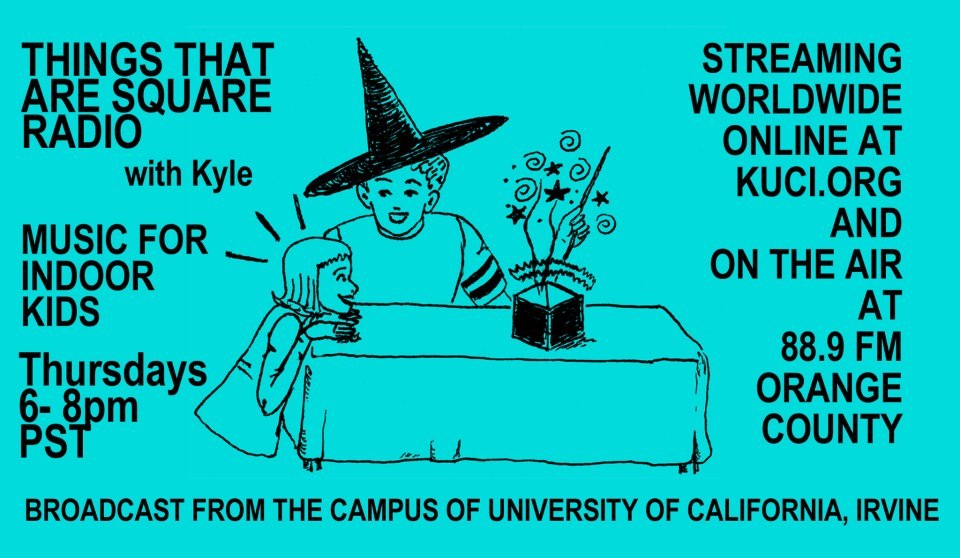Genre research project 35/1359: Vietnamese Classical
Nhã nhạc is the most popular form of imperial court music, specifically referring to the court music played from the Trần Dynasty to the very last Nguyễn Dynasty of Vietnam, being synthesized and most highly developed by the Nguyễn emperors. Along with nhã nhạc, the imperial court of Vietnam in the 19th century also had many royal dances which still exist to this day. The theme of most of these dances is to wish the kings longevity and the country wealth.
Classical music is also performed in honour of gods and scholars such as Confucius in temples. These categories are defined as Nhã Nhạc ("elegant music", ritual and ceremonial music), Đại nhạc ("great music"), and Tiểu nhạc ("small music") that was chamber music for the entertainment of the king. In Vietnamese traditional dance court dances were defined as either van vu (civil servant dance) or vo vu (military dance).
Vietnamese Court Music, called Nac Dai Noi, or "music of the palace," can be performed by a twelve-instrument ensemble (for Dai Nhac music) or a fourteen-instrument ensemble (for Nha Nhac music). Nha Nhac corresponds to Chinese Yayue and Japanese Gagaku traditions.
[Editor's note: I am unsure if the Khac Chi Ensemble (above) classifies as Vietnamese Classical/Court Music, but that is how they were labeled on rateyourmusic.com, so...]


0 Comments:
Post a Comment
Subscribe to Post Comments [Atom]
<< Home